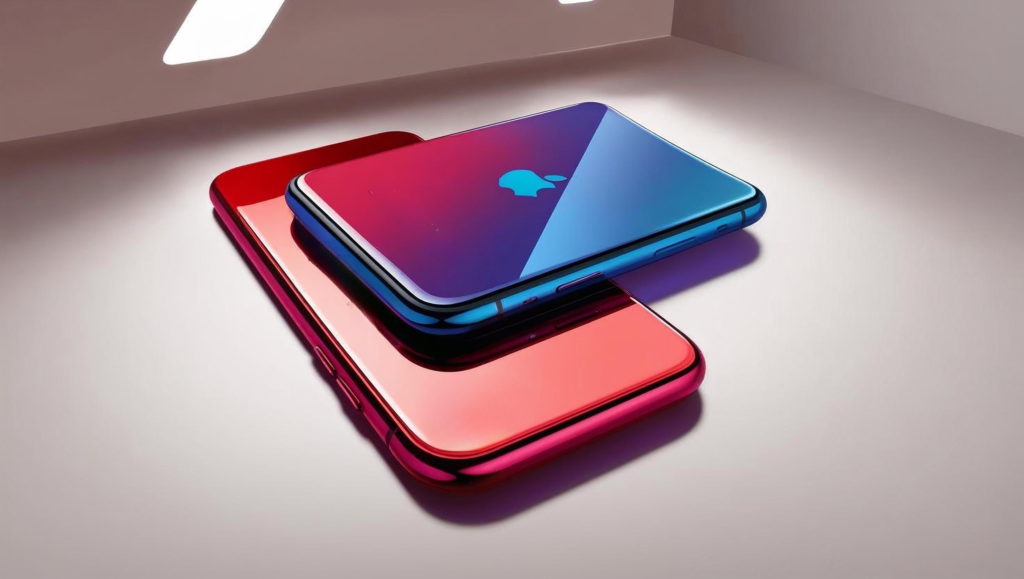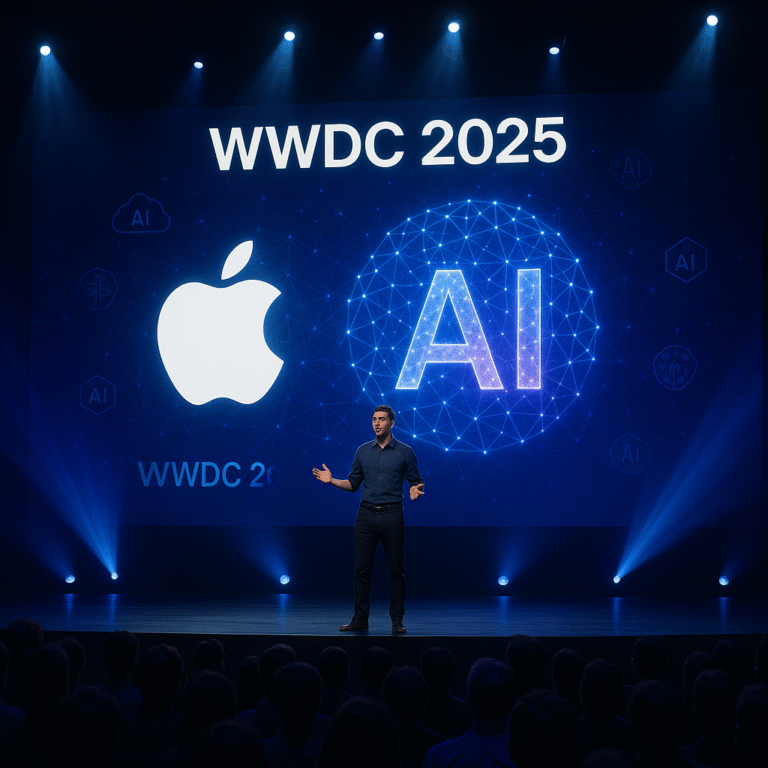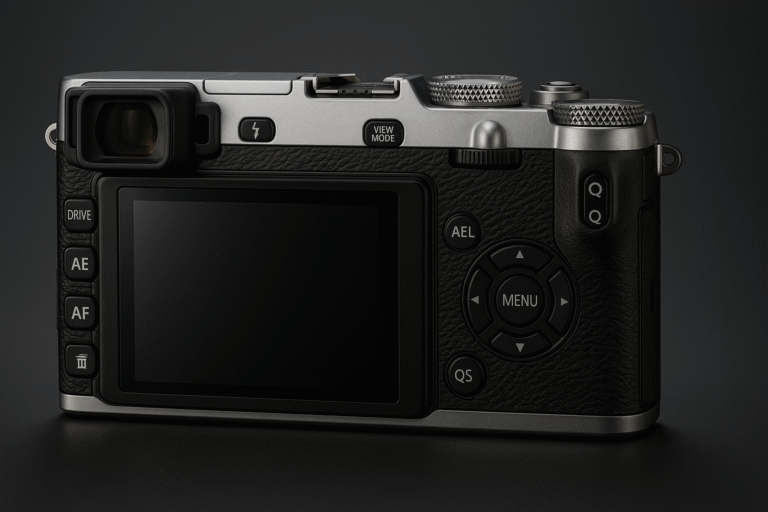
Apple has a history of bold, often controversial, design decisions. Removing the floppy drive from the iMac, ditching the optical drive in MacBooks, and, most notably, eliminating the headphone jack from the iPhone 7 were all moves met with initial outcry but ultimately pushed industries forward (or at least forced adaptation). Now, the ultimate minimalist vision whispers through tech corridors, centered around the intriguing portless iPhone concept. This isn’t a confirmed product, but stems from Apple’s relentless pursuit of seamless design and wireless ecosystems. What would such a device look like? How would it function? This article explores the speculative features of this portless iPhone concept, potential price points, the monumental challenges involved, and compares it to current smartphone paradigms. Could this radical idea ever become reality?
Rationale Behind the Portless iPhone Concept
Before diving into specifics, let’s consider why Apple might pursue such a drastic design:
- Ultimate Durability & Water Resistance: Ports (charging, SIM tray) and speaker grilles are physical openings, potential points of failure for dust and water ingress. Eliminating them creates a truly sealed unibody design, potentially achieving unprecedented levels of resilience – a key selling point for a portless iPhone concept.
- Aesthetic Purity: Jony Ive’s design philosophy often leaned towards minimalism, creating objects that felt like single, perfect forms. A portless, soundless slab of glass and metal would be the ultimate expression of this ideal.
- Pushing the Wireless Ecosystem: Apple benefits enormously from its ecosystem (AirPods, MagSafe, iCloud, AirDrop). A portless/soundless iPhone would force users deeper into this wireless world, making accessories like AirPods and MagSafe chargers not just convenient, but essential.
- Internal Space Optimization: Removing physical ports and traditional speaker components could free up precious internal volume for a larger battery, more advanced camera sensors, or other components.
However, the path to this minimalist future, embodied by the portless iPhone concept, is fraught with technical and practical hurdles far exceeding the removal of the headphone jack.
Decoding the Portless iPhone Concept: Charging & Data
A portless iPhone means abandoning physical connections for charging and data transfer entirely. How could this element of the portless iPhone concept work?
Charging: MagSafe Unleashed?
- The Obvious Candidate: MagSafe is Apple’s current wireless charging standard, using magnets for alignment and power transfer (currently up to 15W). For a portless iPhone, MagSafe would become the only way to charge.
- Speed Requirements: 15W is significantly slower than wired charging. Apple would need to dramatically improve MagSafe speeds (perhaps 30W, 50W, or more) to make it a viable sole charging method. This might require new coil designs and thermal management solutions.
- Public Charging Infrastructure: The availability of MagSafe-compatible chargers in public spaces would need to explode.
- Emergency Charging: How do you charge if your MagSafe charger fails or is lost? Power banks would all need MagSafe compatibility.
Data Transfer: Cutting the Cord Completely
- Current Wireless Methods: AirDrop, Wi-Fi syncing, and iCloud handle many data transfer needs today.
- The Speed Bottleneck: Transferring large files or performing full device backups/restores wirelessly can be slow compared to a wired connection.
- Future Wireless Standards: Technologies like Wi-Fi 7 (and beyond) offer significantly higher speeds. Ultra Wideband (UWB) could potentially be leveraged for high-speed, short-range data transfer.
- The Recovery Problem (DFU Mode): This is a massive hurdle. Currently, users connect via cable for DFU mode restoration. How would a portless device handle this? Would it require a proprietary wireless diagnostic tool? This recovery issue is perhaps the biggest technical barrier for a viable portless iPhone concept.
The “Soundless” Enigma: An Element of the Portless iPhone Concept?
Removing speaker grilles presents an even more fundamental challenge. How does a “soundless” iPhone produce audio? Note: “Soundless” is often discussed alongside the portless aspect, but presents distinct and perhaps even greater challenges.
Potential Approaches (Highly Speculative):
- Mandatory Wireless Audio: The simplest approach might be to require connected Bluetooth audio devices (like AirPods) for all sound output. (Highly impractical due to accessibility and core functions).
- Bone Conduction Technology: Transmit sound vibrations directly through the skull bones. (Audio quality and loudness limitations).
- Haptic Feedback Simulation: Use enhanced Taptic Engine vibrations instead of audio notifications. (Cannot replicate speech or complex audio).
- Screen/Body Transducers: Turn surfaces like the screen or back glass into speakers. (Audio quality and durability challenges).
A truly “soundless” design seems far more problematic than just a portless one. A more likely scenario involves hidden piezoelectric speakers, eliminating visible grilles but not sound itself.
Potential Features of the Portless iPhone Concept
Assuming Apple overcomes the immense hurdles, what might the rest of the device offer?
- Next-Gen A-Series Chip (e.g., A19/A20 Bionic): Focus on performance, efficiency, and AI/ML.
- Advanced Camera System: Further improvements in sensors, lenses, computational photography.
- Display Technology: Brighter, more efficient OLED, potentially under-display sensors.
- Connectivity: Wi-Fi 7/8 readiness, enhanced UWB, advanced 5G, satellite enhancements.
- Battery Life: Critically important; space savings and chip efficiency target improvements.
- Software: iOS version tailored to manage unique hardware – advanced wireless management, new diagnostic features. Integration with the wider Apple ecosystem of devices and technology would be paramount.
- Materials & Build: Premium materials (titanium, ceramics) emphasizing the seamless unibody design.
Challenges Facing the Portless iPhone Concept
This concept faces enormous obstacles:
- Charging Speed & Convenience: Matching wired speeds wirelessly is tough.
- Data Transfer Reliability & Speed: Wireless limitations for large backups/restores.
- Device Recovery (DFU): Critical function without an obvious portless solution.
- Audio Accessibility & Functionality: A truly soundless design is likely unworkable for core phone functions.
- Ecosystem Lock-In & Cost: Forced accessory purchases increase total cost.
- Regulatory Hurdles: The EU’s USB-C mandate directly conflicts.
- User Acceptance: Would the market embrace such radical changes? Successfully launching a portless iPhone concept requires overcoming all these major hurdles.
Portless iPhone Concept vs. Current Phones (Hypothetical Comparison)
Let’s compare our speculative portless iPhone concept (“iPhone Future Concept”) to existing high-end models.
| Feature | Hypothetical iPhone Future Concept | iPhone 15 Pro Max (Example – Real) | Samsung Galaxy S24 Ultra (Example – Real) | Key Differences & Implications |
| Charging Port | None | USB-C (Thunderbolt/USB 4) | USB-C (USB 3.2) | Concept: Wireless Only (MagSafe+). Real: Versatile Wired/Wireless |
| Data Port | None (Wireless Only) | USB-C (Thunderbolt/USB 4) | USB-C (USB 3.2) | Concept: Relies on Wi-Fi, UWB, Cloud. Real: Fast Wired option |
| Headphone Jack | None | None | None | Standard omission now |
| Speaker Grilles | None | Yes (Stereo) | Yes (Stereo) | Concept: Requires alternative or external audio |
| Audio Output | Speculative (Bone Conduction? Haptics? Requires External?) | Built-in Stereo Speakers | Built-in Stereo Speakers | Concept: Major usability unknown. Real: Standard functionality |
| SIM Tray | None (eSIM Only) | eSIM (+ Physical in some regions) | eSIM + Physical SIM | Trend towards eSIM, Concept likely eSIM-exclusive globally |
| Water/Dust Res. | Potentially Highest (IP69K?) | IP68 | IP68 | Portless design enables superior sealing |
| Wireless Charging | Essential (Enhanced MagSafe?) | MagSafe (15W), Qi2 (15W) | Qi/PMA (15W) | Concept: Must be faster/primary. Real: Optional/Slower |
| Recovery Method | Unknown Wireless Method? | Wired (DFU via USB-C) | Wired (Download Mode via USB-C) | Concept: Major technical hurdle. Real: Established process |
| Key Accessories | Required: MagSafe Charger, Wireless Audio | Optional: Charger, Cables, Audio Adapters/Wireless | Optional: Charger, Cables, Audio Adapters/Wireless | Concept: Increases mandatory accessory cost |
| Purchase Link | N/A | Check Price on Amazon | Check Price on Amazon | Availability of current models |
Portless iPhone Concept: Price & Market Impact
- Pricing: Given the radical R&D, premium materials, and cutting-edge positioning, a device embodying the portless iPhone concept would almost certainly command a significant premium over existing Pro models. Expect a starting slightly lower price than current flagships (
600−800−1100 USD+), depending heavily on storage and the final feature set. - Market Reaction: Initial reaction would likely be polarized. Tech enthusiasts might admire the ambition, while mainstream users could balk at limitations and forced accessory purchases. Success hinges on Apple convincingly solving the core challenges. It might initially be a niche product. It could also accelerate adoption of related wireless technologies, similar to how Apple influences other device technology trends. For high-authority perspectives on Apple’s potential future directions, resources like Patently Apple, which tracks patents, can offer insights.

Conclusion: An Audacious Vision Facing Reality
The portless iPhone concept is the logical endpoint of Apple’s long-standing design philosophy favouring minimalism and wireless ecosystems. It promises unparalleled durability and aesthetic purity. However, the chasm between this portless iPhone concept and practical reality remains vast.
Overcoming the hurdles of wireless charging speed, reliable wireless data transfer (especially recovery), and fundamentally rethinking audio output without compromising usability represents a monumental challenge. While a portless iPhone seems plausible within 5-10 years (navigating regulatory issues), a truly soundless design feels far more radical and potentially impractical for a mass-market device.
Will we see this exact device soon? Unlikely. But the ideas behind the portless iPhone concept – enhanced wireless power and data, alternative audio methods, truly sealed designs – will undoubtedly influence Apple’s product development. Exploring the possibilities is a glimpse into a potential, albeit challenging, future where our connection to technology becomes ever more seamless, and perhaps, ever more dependent on a specific ecosystem. It remains a fascinating “what if”.



